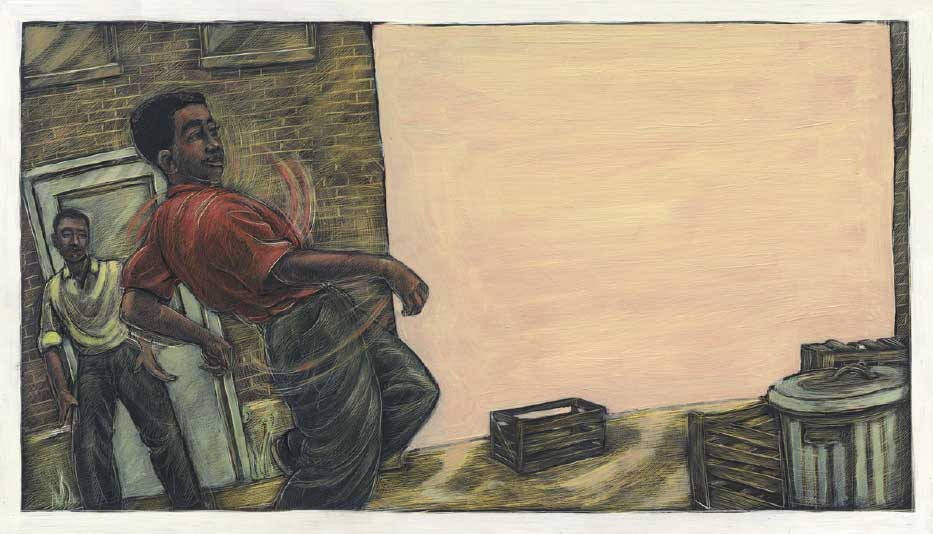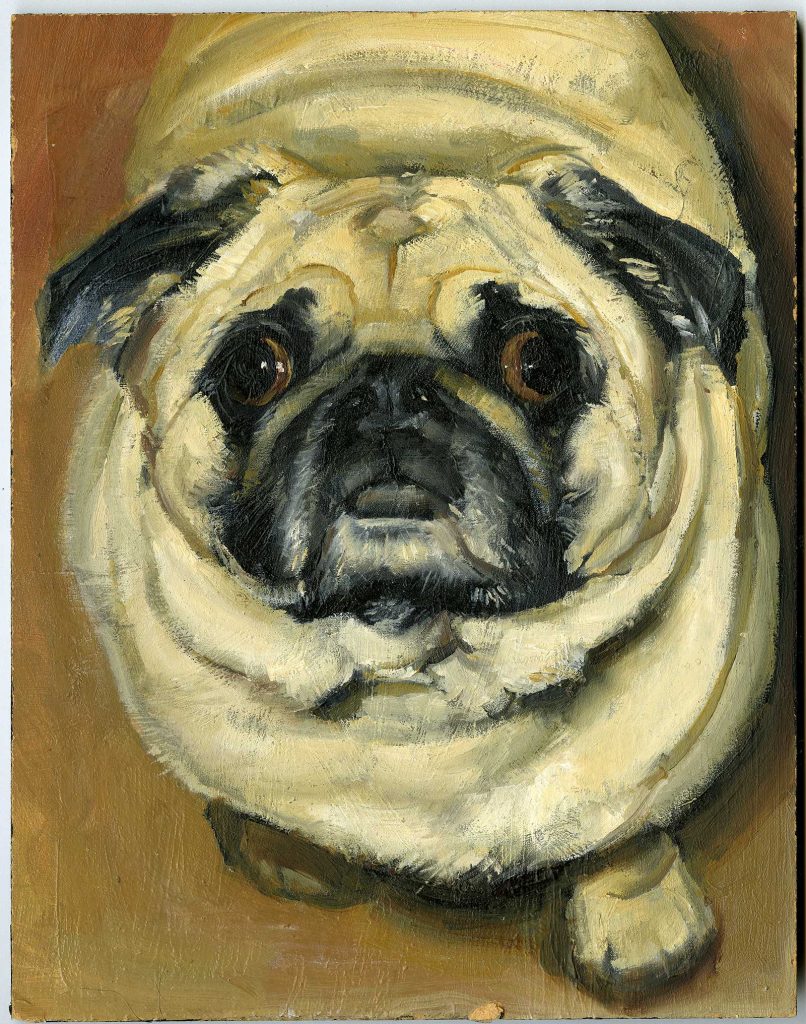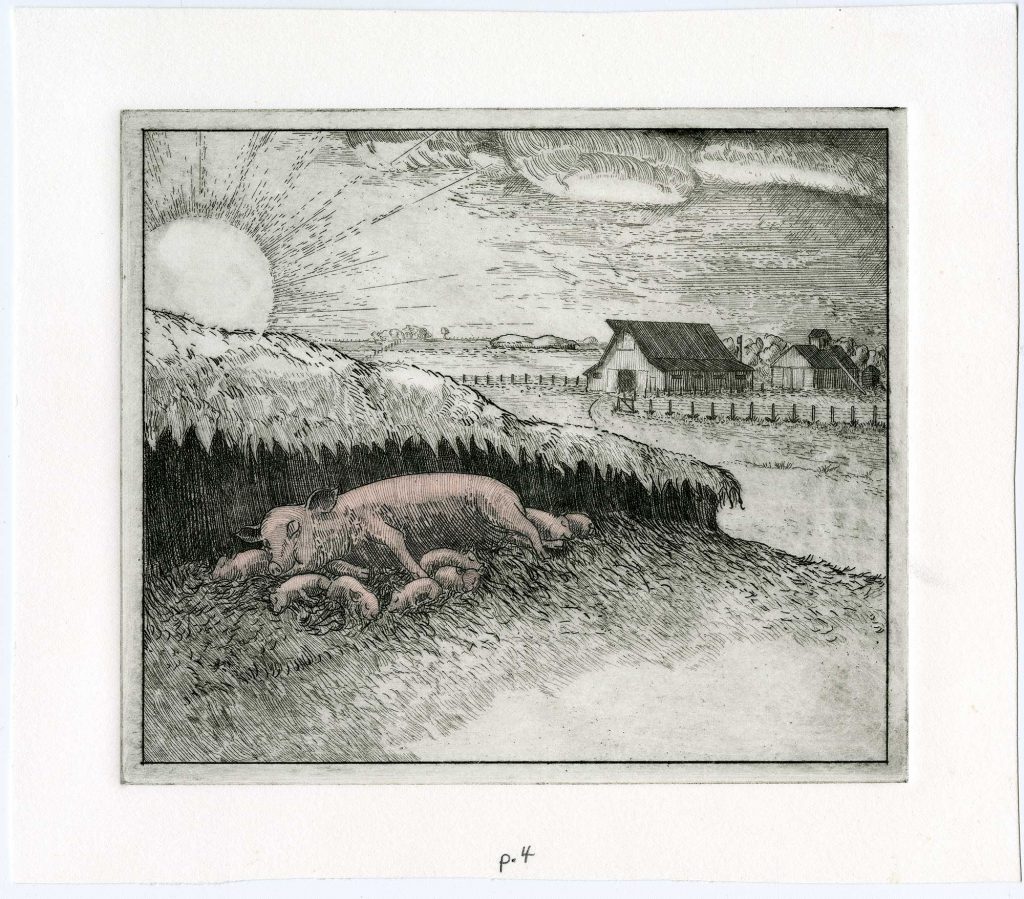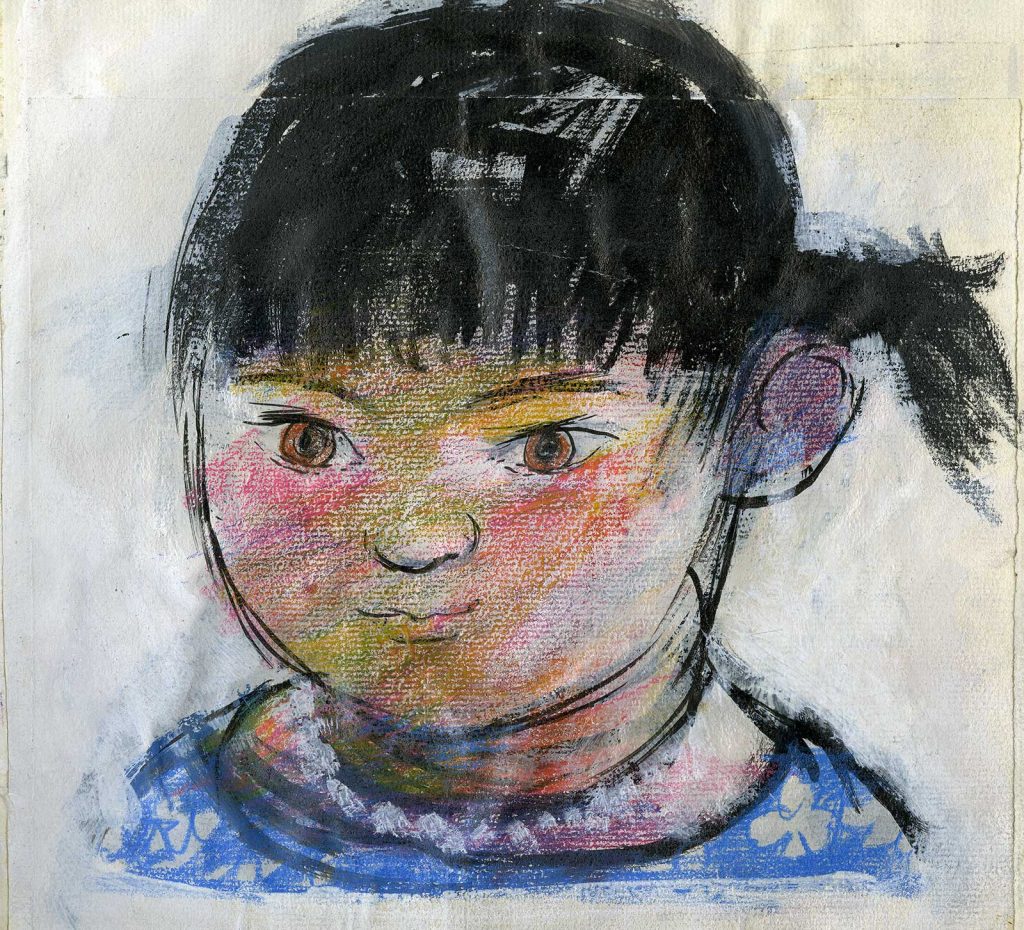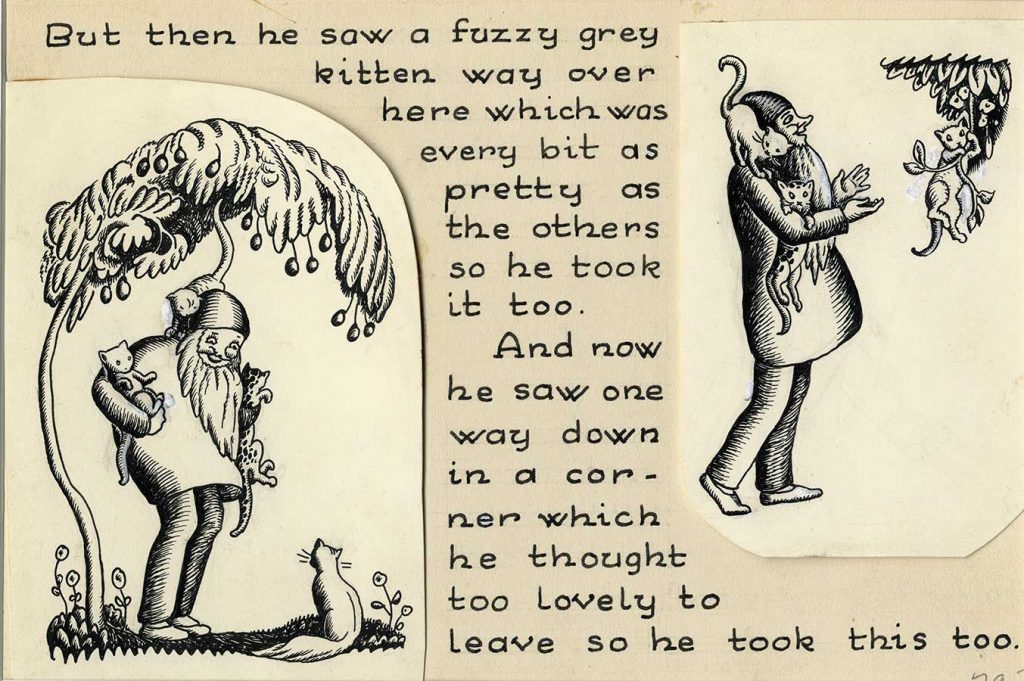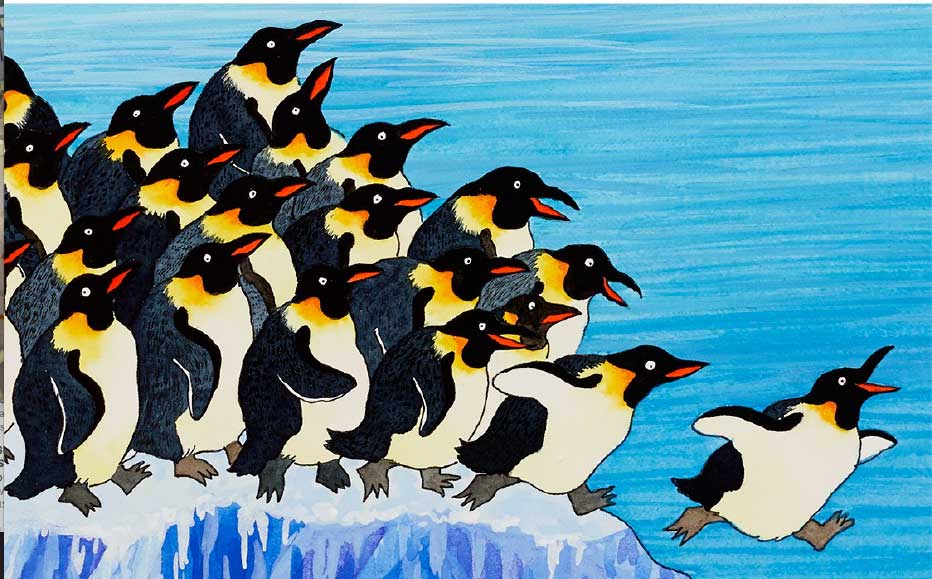
When we think of Maurice Sendak, our immediate thoughts go to his ground-breaking Caldecott winning title, Where the Wild Things Are. Sendak smashed the perception of childhood as a time of pleasantness, a time of unicorns and rainbows, sweetness and light. He appalled the “gate keepers” of the time. Too scary they said.

